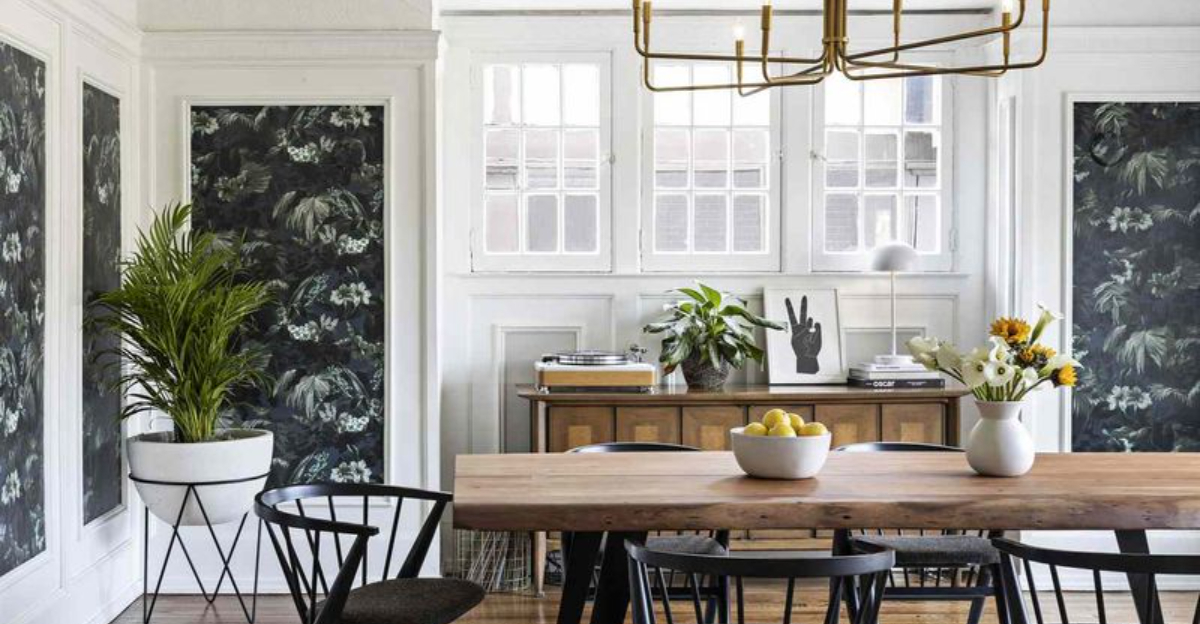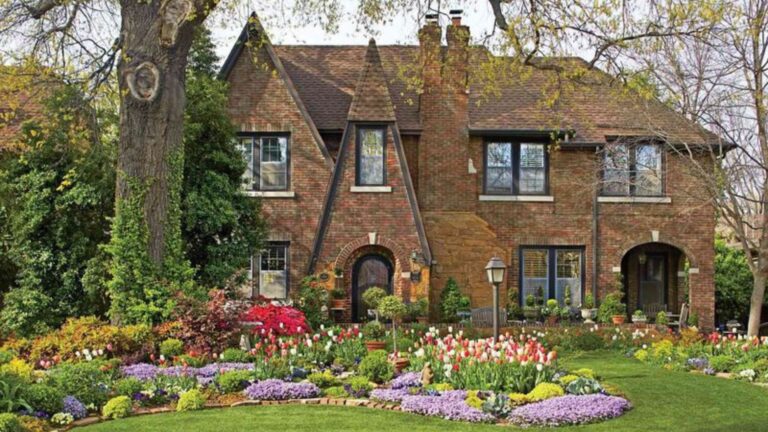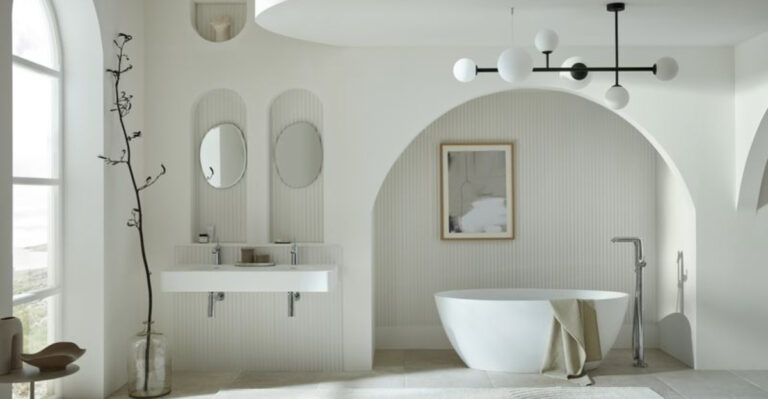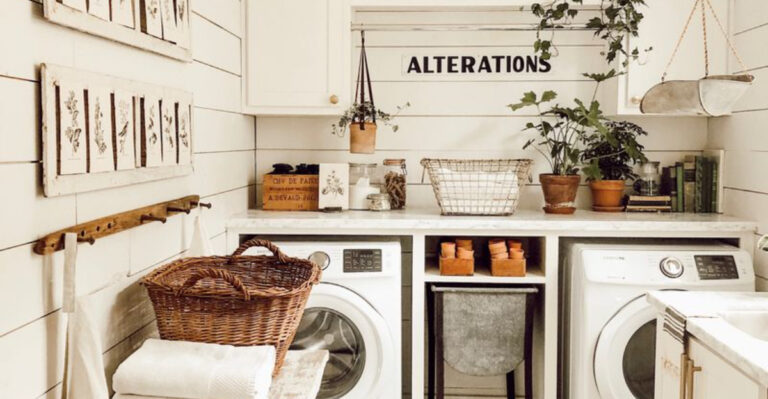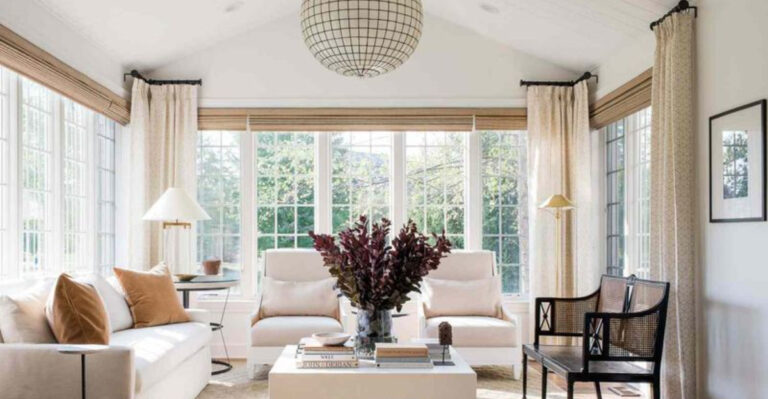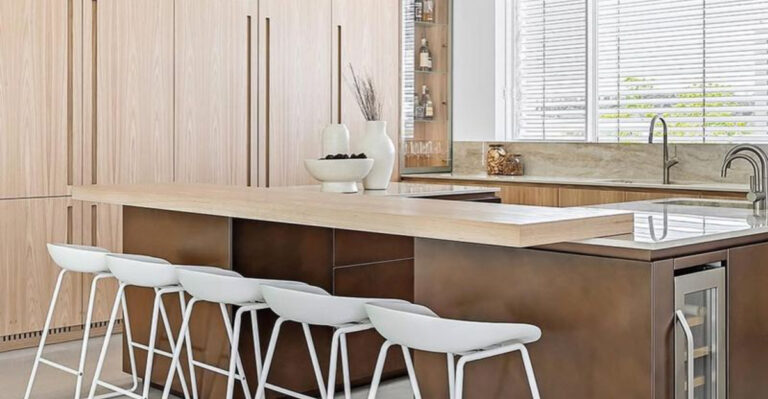These 8 Old-School Home Features Are Making A Comeback According To Pros (Plus 8 To Keep Left Behind)
Lately, I’ve been spotting little pieces of grandma’s house popping up in the most stylish homes, and I’m here for it. Those cozy, charming touches we once thought were outdated? Turns out, they’re making a serious comeback.
Think detailed trim work, vintage hardware, and even floral wallpaper done right. Designers are dusting off these nostalgic gems and giving them a fresh twist that works beautifully today.
Of course, not everything from the past needs to return (looking at you, popcorn ceilings).
1. Wood Paneling

Wood paneling has shed its 1970s basement vibe and transformed into a sophisticated design element. Today’s version features real wood in lighter finishes, often installed vertically to create height and airiness.
Designers love using it as an accent wall behind beds or in dining rooms. The natural warmth contrasts beautifully with modern furnishings.
If you’re feeling adventurous, try painted paneling in unexpected colors like navy or sage green for a contemporary twist on this classic look.
2. Conversation Pits
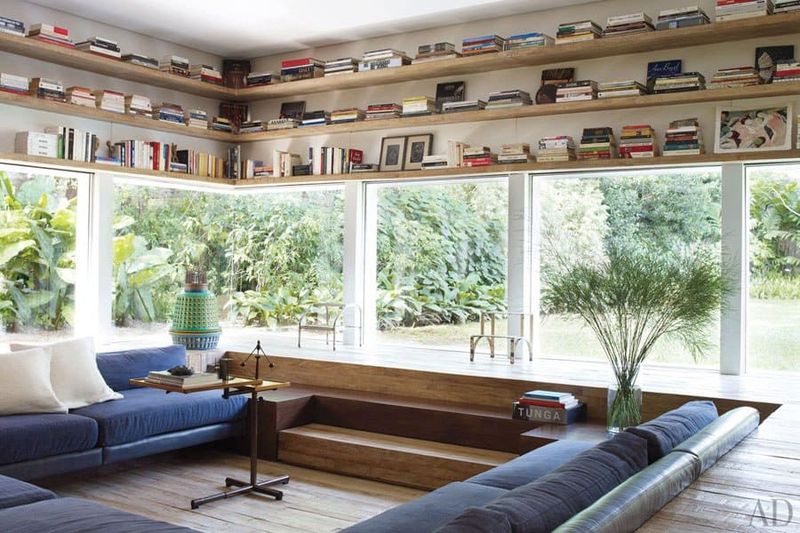
Sunken living rooms are making waves again! These cozy, built-in seating areas were all the rage in the ’60s and ’70s before open concept took over.
Families crave intimate gathering spaces where technology doesn’t dominate. A modern conversation pit typically features modular seating, plush cushions, and perhaps a central fire feature.
Unlike their shag-carpeted ancestors, today’s versions incorporate sleek materials and smart design that makes the space feel intentional rather than dated.
3. Butler’s Pantries

Between your kitchen and dining room lies the perfect opportunity for a butler’s pantry revival. These dedicated prep and storage spaces keep messes hidden while entertaining.
Modern versions feature additional counter space, secondary sinks, wine fridges, and beautiful cabinetry for displaying heirloom dishware. Some homeowners install coffee stations or cocktail bars.
The beauty of today’s butler’s pantries? They combine old-world charm with practical functionality that makes entertaining a breeze.
4. Wallpaper

Forget the fussy floral patterns from grandma’s house! Modern wallpaper has reinvented itself with stunning designs ranging from subtle textures to dramatic murals.
Advances in materials mean today’s wallpapers resist moisture, peel off easily, and maintain their beauty for years. Designers often use bold patterns in smaller spaces like powder rooms or as accent walls.
Even renters can join the trend with removable options that leave no damage behind. The wallpaper renaissance brings personality and depth that paint alone can’t achieve.
5. Pocket Doors

Space-saving and stylish, pocket doors are reclaiming their place in home design. These sliding doors disappear into the wall when open, creating a seamless flow between rooms.
Modern versions feature smooth, quiet hardware systems that won’t jam like their ancestors did. Glass-paneled pocket doors offer the best of both worlds—separation when needed while maintaining visual connection.
Homeowners love them for pantries, laundry rooms, and home offices where swing doors would waste precious square footage.
6. Separate Dining Rooms
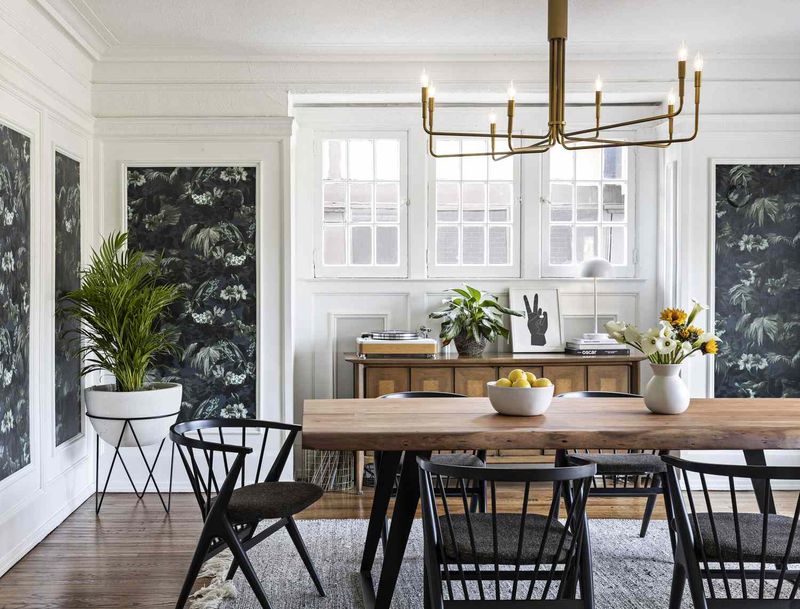
After decades of open concept dominance, separate dining rooms are staging a comeback. Families rediscovered the joy of dedicated eating spaces during pandemic lockdowns.
Today’s dining rooms balance formality with function, featuring comfortable seating, statement lighting, and walls that can close off kitchen messes. Many homeowners install sliding or French doors for flexibility.
The revival speaks to our desire for intentional gathering spaces where conversations happen without kitchen distractions or TV background noise.
7. Plaster Walls

Smooth drywall is taking a backseat to the organic beauty of plaster. This ancient technique creates walls with subtle dimension and depth that flat paint can’t match.
Modern plaster finishes range from barely-there texture to dramatic Venetian styles. The material naturally regulates humidity and has antimicrobial properties, making it both beautiful and practical.
Lime-wash and Roman clay finishes give similar effects with easier application, allowing homeowners to achieve the look without master-level plastering skills.
8. Transom Windows
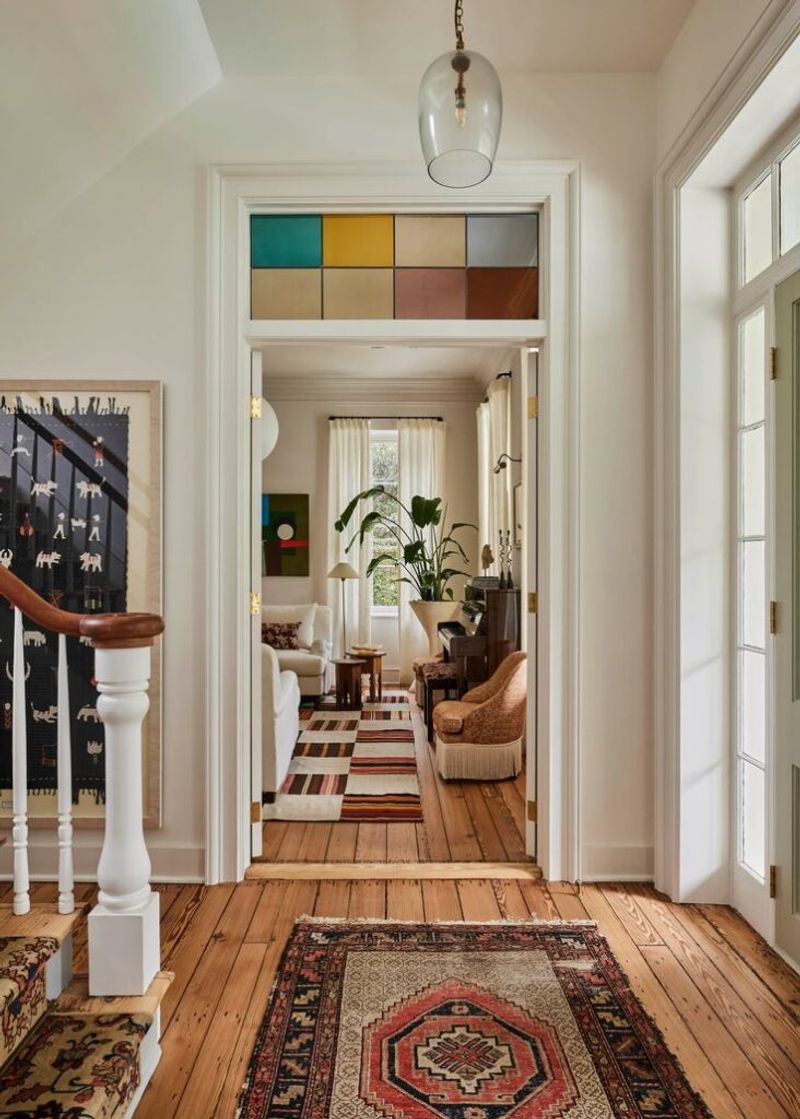
Look up! Those charming windows above doors and between rooms are making a stunning comeback. Transom windows originally provided cross-ventilation before air conditioning existed.
Today, they’re prized for allowing natural light to flow between spaces while maintaining privacy and architectural interest. Some modern versions open, while others are fixed decorative elements.
Interior transoms between rooms are particularly popular, creating visual connection while defining separate spaces—perfect for our post-open-concept world.
9. Popcorn Ceilings Should Stay Buried

Once a standard feature in homes built between the 1950s and 1980s, popcorn ceilings represent the worst of bygone construction shortcuts. These bumpy textured surfaces collect dust, cast ugly shadows, and often contain asbestos.
Modern homeowners prefer smooth ceilings or intentional textures like beadboard or coffered designs. Removing popcorn texture instantly updates any space.
If you’re buying a home with these outdated ceilings, budget for removal—it’s one vintage feature no designer recommends bringing back!
10. Carpet In Bathrooms Remains Terrible
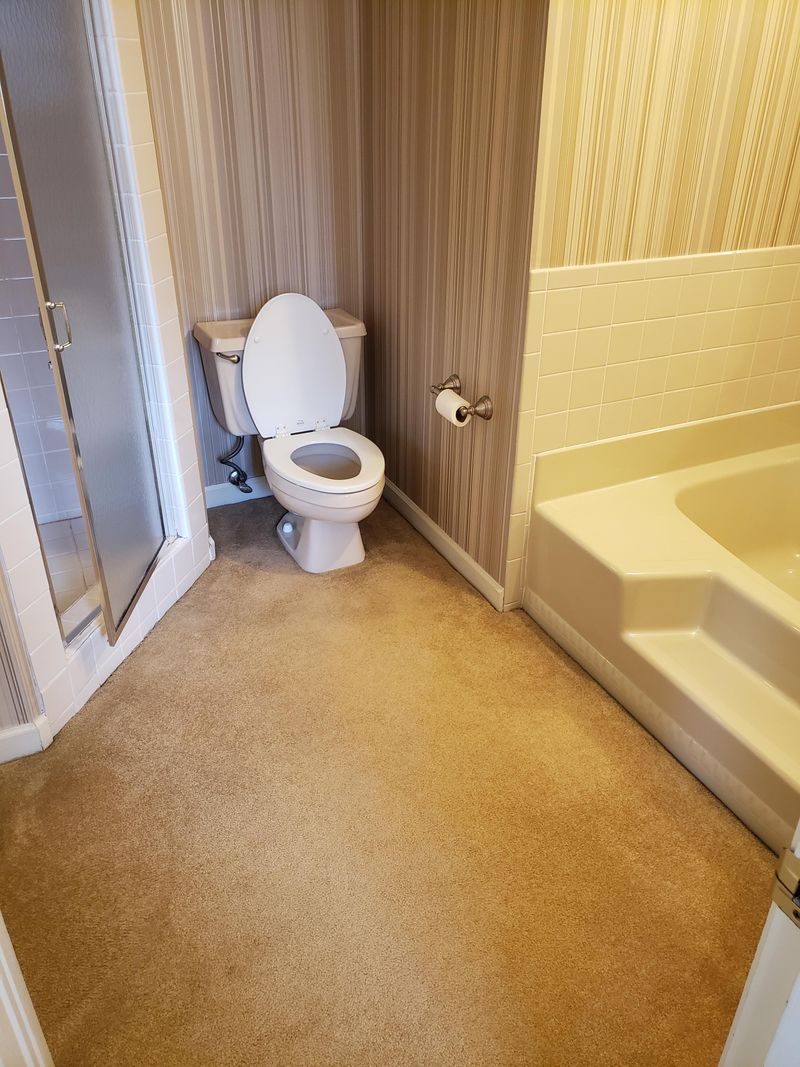
Some trends should never return, and bathroom carpeting tops that list! Popular in the 1970s, this moisture-trapping nightmare creates the perfect environment for mold and mildew.
Modern bathrooms feature waterproof flooring like tile, luxury vinyl, or natural stone. Even wood-look porcelain provides warmth without the moisture problems.
If you crave softness underfoot, small washable bath mats offer comfort without the hygiene issues. This is one vintage feature designers unanimously agree should remain in the past.
11. Avocado Appliances Should Stay Retired

Those iconic green refrigerators and stoves from the 1970s might trigger nostalgia, but they belong in vintage photos, not modern kitchens.
Avocado appliances (along with their harvest gold and burnt orange cousins) scream dated design. Today’s kitchens favor stainless steel, panel-ready appliances that blend with cabinetry, or matte black finishes.
Colorful appliances do occasionally return, but in sophisticated hues like navy or wine red. Leave those muddy green tones in the past where they belong!
12. Plastic Couch Covers Need No Revival
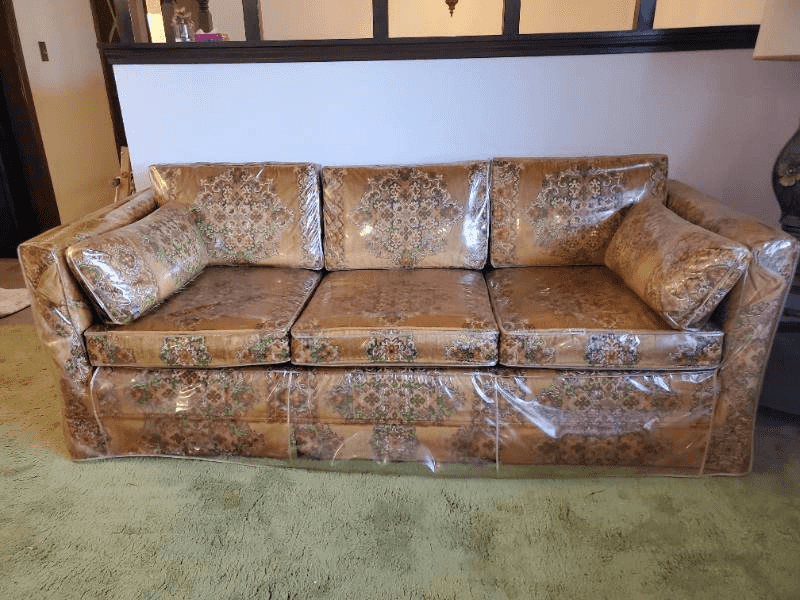
Remember visiting grandma’s perfectly preserved living room with plastic-wrapped furniture? That crinkly, sticky experience should remain firmly in the past.
Modern performance fabrics offer stain resistance without the uncomfortable plastic barrier. Slipcovers provide protection while maintaining comfort and can be easily washed.
Today’s homes prioritize livability over preservation at all costs. Beautiful spaces should be enjoyed, not wrapped in plastic like leftovers in the fridge!
13. Faux Wood Paneling Deserves Demolition
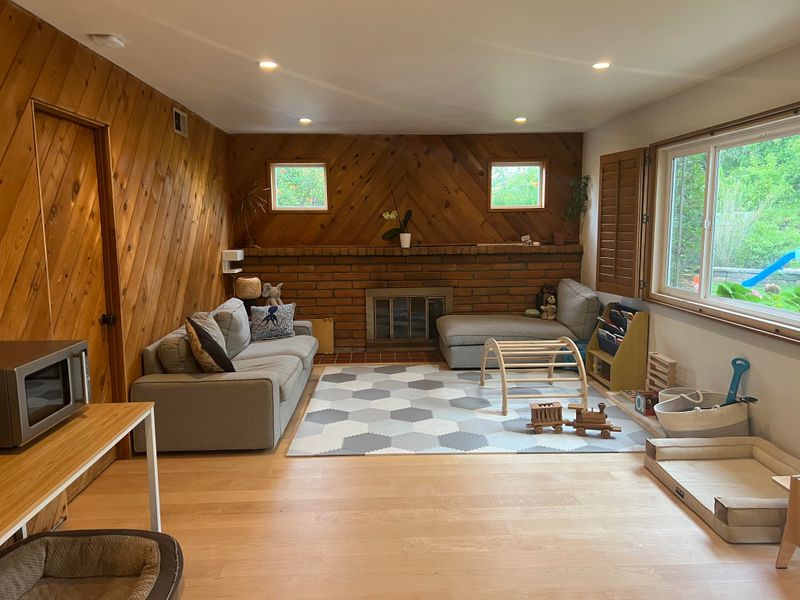
Unlike its high-quality solid wood cousin, faux wood paneling should never make a comeback. Those thin sheets of wood-patterned laminate darkened countless basements and dens throughout the 1960s and 70s.
Modern interiors favor authentic materials or honest alternatives. If real wood isn’t in your budget, designers recommend painted drywall, textured wallpaper, or engineered wood products that don’t pretend to be something they’re not.
Say goodbye to those dark, fake-grained panels forever!
14. Phone Nooks Remain Obsolete

Those charming little wall alcoves designed specifically for landline telephones have lost their purpose in the smartphone era. While some homeowners repurpose them as charging stations, most designers recommend removing these dated features.
Modern homes integrate technology more seamlessly with dedicated charging drawers or built-in USB outlets. The wall space is better used for artwork or left clean.
Unless you’re creating a deliberate vintage aesthetic, these small architectural relics serve no practical function in contemporary living.
15. Drop Ceilings Should Stay Dropped
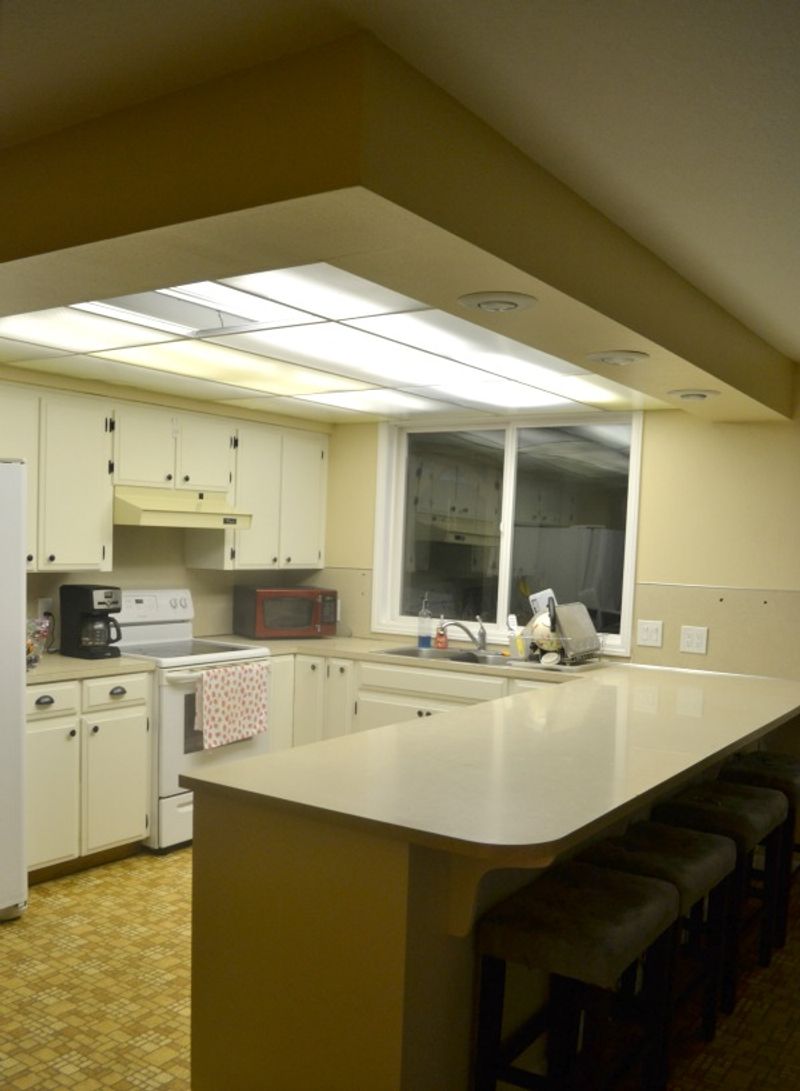
Those grid-patterned suspended ceilings with fluorescent lighting panels belong in office buildings, not homes. Popular for finishing basements in the 1980s, drop ceilings create an institutional feel that designers universally reject.
Modern basements feature drywall ceilings or, when access to pipes is needed, decorative tin tiles or wooden slats. Some homeowners even embrace the industrial look with painted exposed joists and ductwork.
This is one feature best left in commercial spaces where it belongs!
16. Fuzzy Toilet Seat Covers Need Flushing
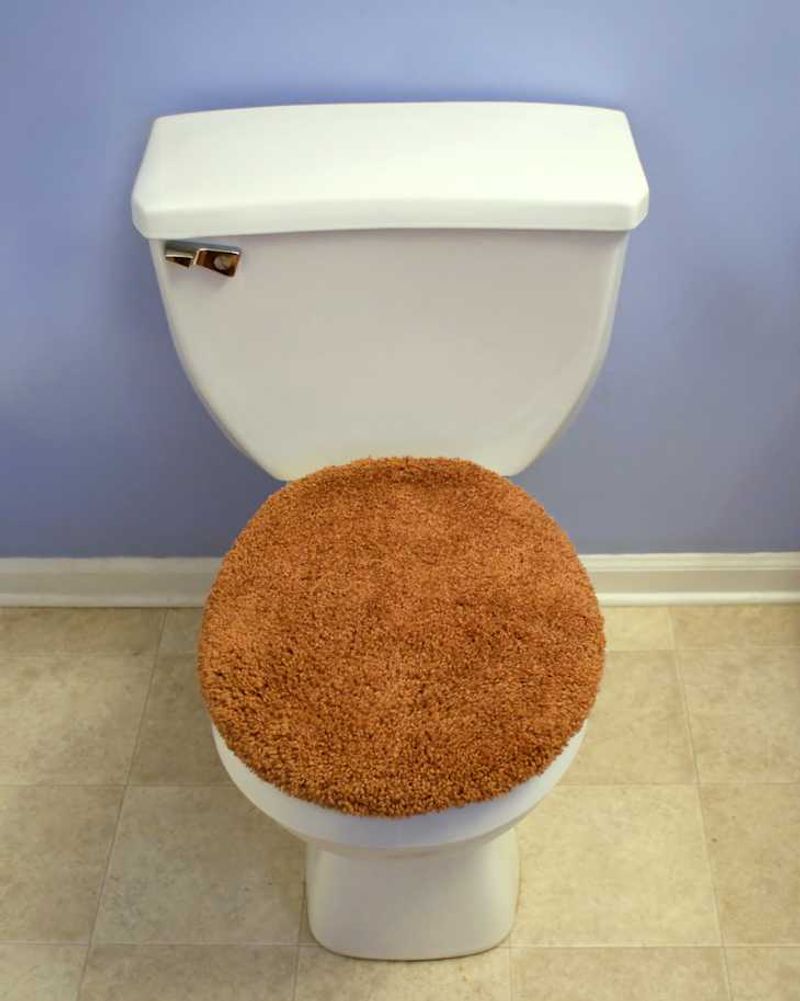
Matching fuzzy toilet seat covers, tank covers, and rugs were bathroom staples in the 1970s and 80s. These dust-collecting, hard-to-clean accessories should remain firmly in the past.
Modern bathrooms prioritize cleanliness with easy-to-sanitize surfaces. Designers recommend wooden or plastic toilet seats, washable cotton bath mats, and decorative elements that don’t harbor bacteria.
If you’re feeling nostalgic, channel that energy into vintage-inspired tile patterns or light fixtures instead of fuzzy toilet fashion!

